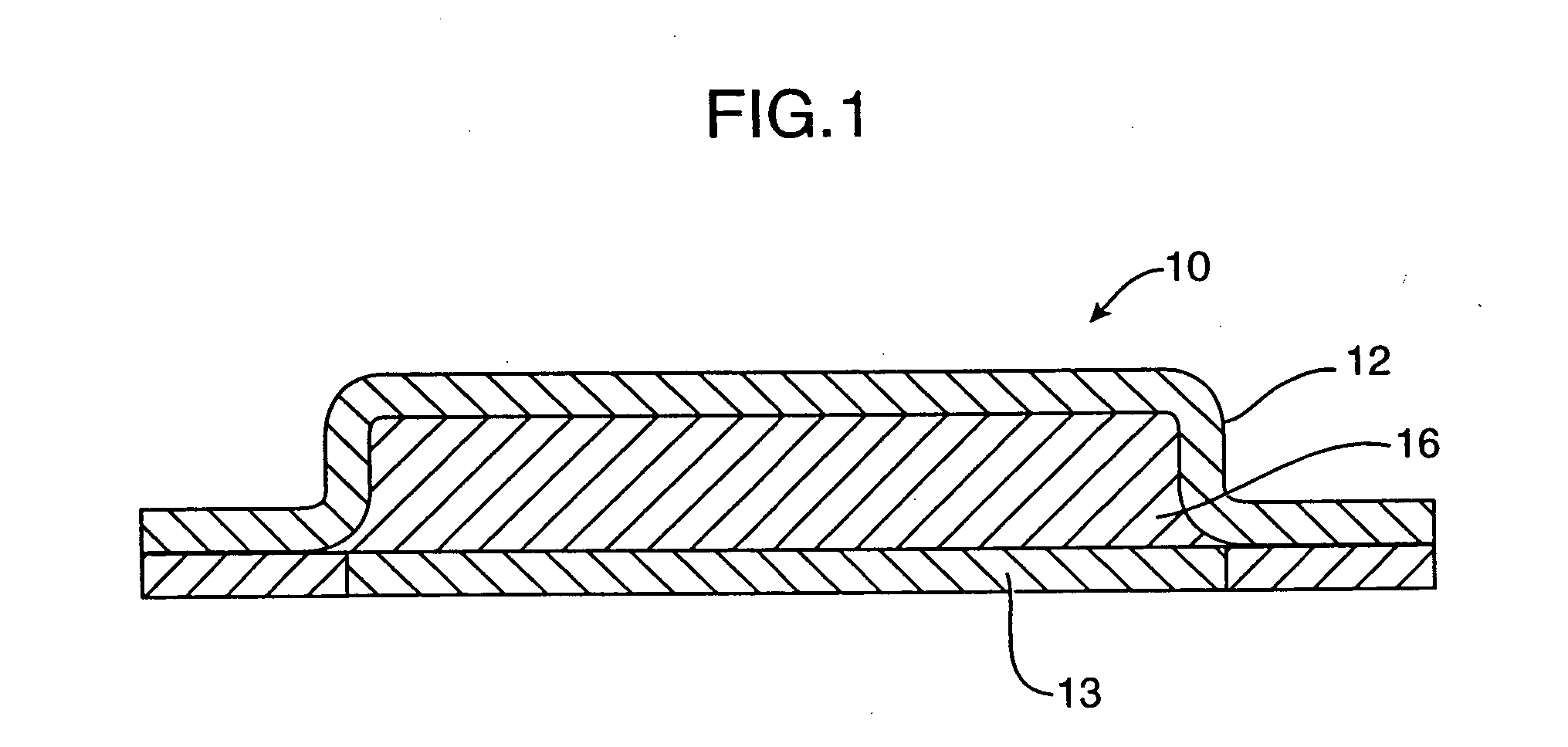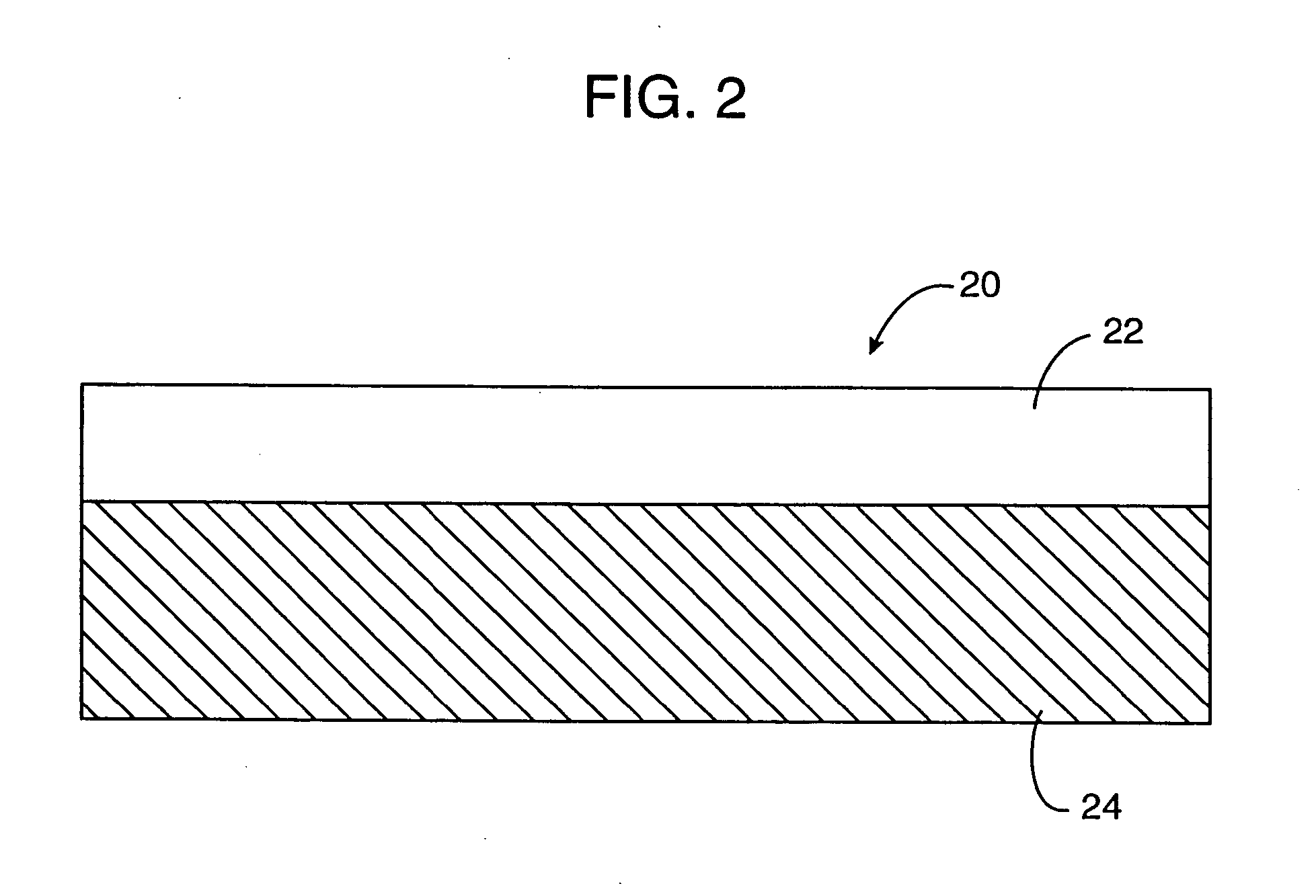Methods for treating postmenopausal women using ultra-low doses of estrogen
- Summary
- Abstract
- Description
- Claims
- Application Information
AI Technical Summary
Benefits of technology
Problems solved by technology
Method used
Image
Examples
example 1
[0040] The following example and data demonstrate the correlation between serum estradiol level and risk of osteoporotic bone fracture and also demonstrate the efficacy of using an ultra-low dose of exogenous estrogen to reduce the risk of osteoporotic bone fracture and for the treatment of postmenopausal symptoms.
[0041] 1. Experimental Population
[0042] The Study of Osteoporotic Fractures is a prospective study of a cohort of 9,704 women who were recruited from population-based listings in four communities in the United States: Baltimore, Minneapolis, Pittsburgh and Portland. See, Cummings et al., N. Engl. J. Med. 332:767-773 (1995). Women age 65 or older were invited by mail to participate in the study. The experimental population excluded black women, because of their low risk of hip fractures, and women who had bilateral hip replacements or who needed the help of another person to walk. Participants were asked about current or recent use of estrogen, calcium supplements and mul...
example 2
[0074] This example demonstrates a comparison of the effects of administering differing amounts of estrogen using a 7-day estrogen transdermal therapeutic system, on the prevention of bone loss in postmenopausal women.
[0075] 1. Methods
[0076] Healthy, hysterectomized women, 45-65 years old, 1-5 years after menopause with a baseline bone mineral density (BMD) measured by dual energy x-ray absorptiometry (DEXA) at L2-L4 within 2.5 S.D. of the mean for normal women less than 45 years old were eligible. Subjects were randomized to 1 of 4 doses of estradiol TTS (patches of 6.5, 12.5, 15, and 25 cm2 delivering 0.025, 0.05, 0.06, and 0.1 mg / day estradiol, respectively) or placebo. One patch per week was worn on the abdomen for the duration of the 2-year trial. BMD at L2-L4, the femoral neck and forearm, serum osteocalcin (OST) and urinary deoxypyridinoline crosslinks / creatinine ration (DPD) were measured every 6 months. The results after 18 months treatment are presented.
[0077] 2. Result...
example 3
[0081] The following example and data demonstrate the correlation between serum estradiol level and loss of bone mineral density. The example also demonstrates the efficacy of using an ultra-low dose of exogenous estrogen to reduce loss of bone mineral density.
[0082] 1. Experimental Population
[0083] Subjects were participants in the Study of Osteoporotic Fractures (SOF), the details of which have been described in Example 1. This study is based upon a randomly sampled subcohort of 261 SOF participants who had blood drawn and had technically adequate calcaneal BMD measured at both the baseline examination and at follow-up in 1993-94. Among these, 241 women had technically adequate hip bone mineral density measurements both at the year 2 examination in 1990 and at follow-up in 1993-94. Final results are based upon subcohorts of 231 and 218 women with complete calcaneal and hip BMD scan pairs, respectively, who did not report current use of estrogen replacement therapy during the bas...
PUM
 Login to View More
Login to View More Abstract
Description
Claims
Application Information
 Login to View More
Login to View More - R&D
- Intellectual Property
- Life Sciences
- Materials
- Tech Scout
- Unparalleled Data Quality
- Higher Quality Content
- 60% Fewer Hallucinations
Browse by: Latest US Patents, China's latest patents, Technical Efficacy Thesaurus, Application Domain, Technology Topic, Popular Technical Reports.
© 2025 PatSnap. All rights reserved.Legal|Privacy policy|Modern Slavery Act Transparency Statement|Sitemap|About US| Contact US: help@patsnap.com


